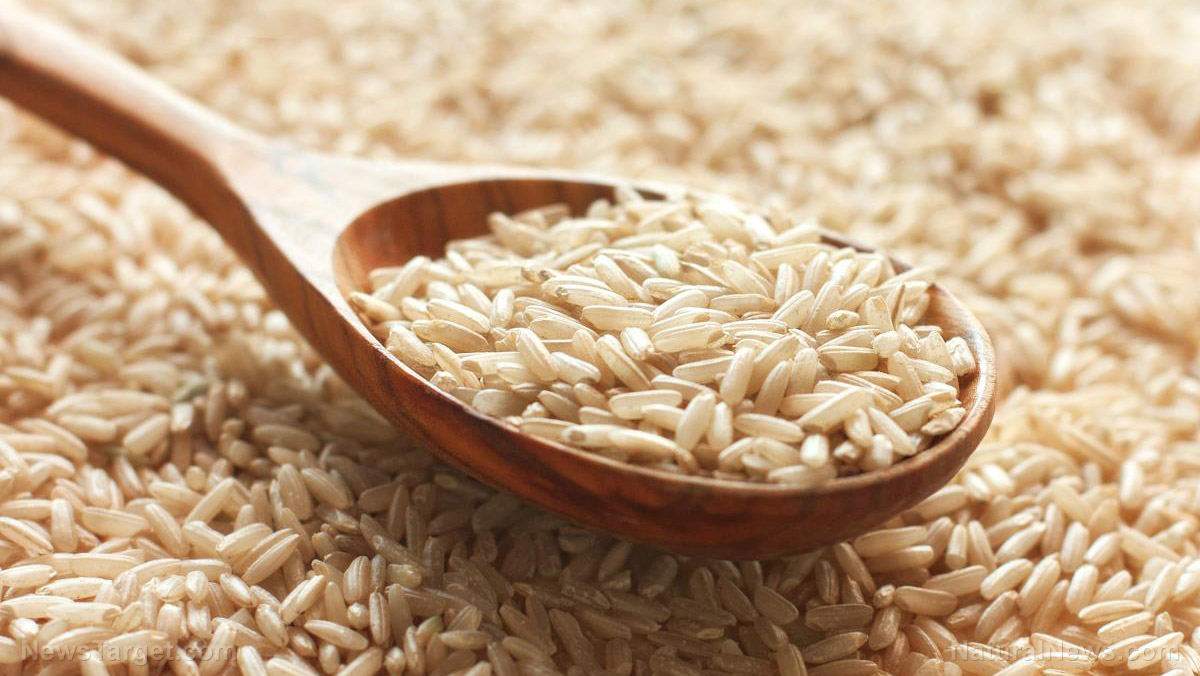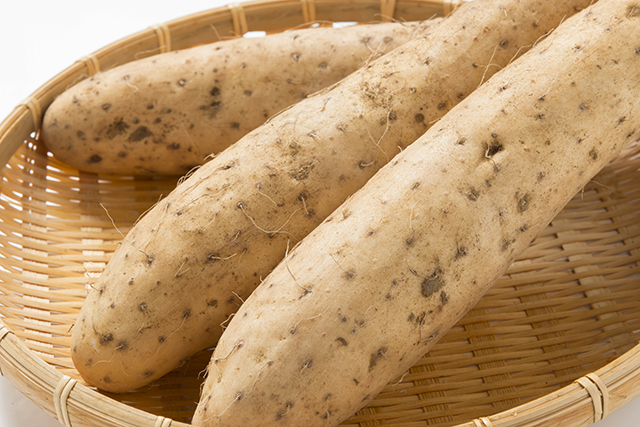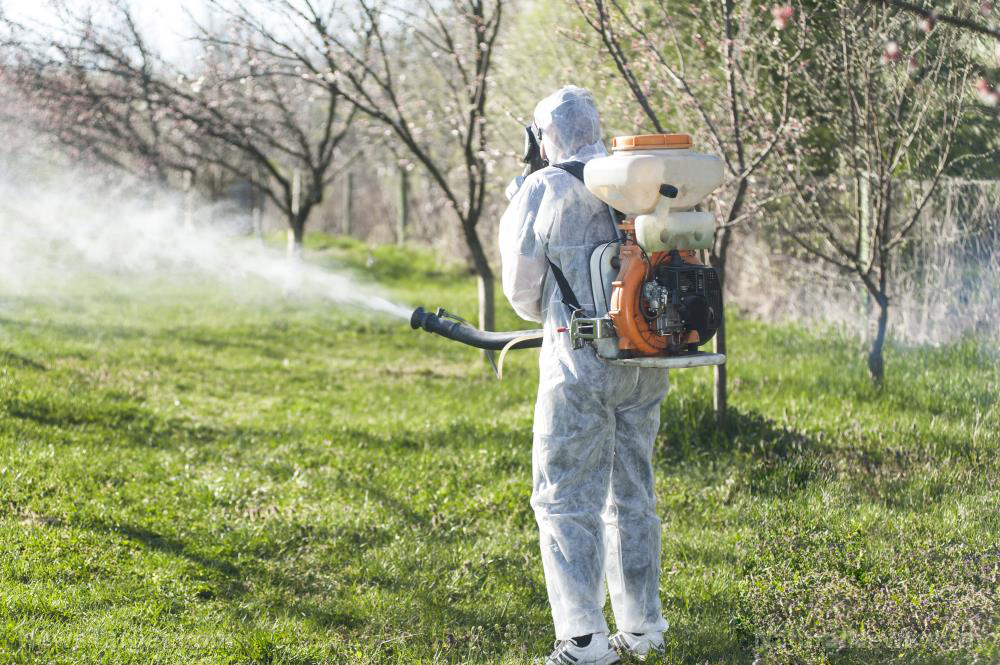Arsenic in Brown Rice? Here's how you can keep enjoying this nutritious grain
By hrseditor // 2025-04-22
Tweet
Share
Copy

- Brown rice contains 40 percent more inorganic arsenic (a toxin linked to various diseases) than white rice due to its unprocessed bran layer, a study reveals.
- Infants and young children face disproportionate risks because they consume more rice relative to their body weight.
- U.S.-grown brown rice has 48 percent inorganic arsenic, while imported varieties can reach 65 percent, making imported options riskier. White rice from the U.S., India or Pakistan (e.g., jasmine or basmati) has lower arsenic because its bran is removed during processing.
- Consumers can reduce arsenic intake by rinsing rice, diversifying grains (e.g., quinoa, barley) and opting for lab-verified products.
- Despite FDA guidelines for infant rice cereal, no U.S. regulations exist for adult/child non-infant rice products. Experts urge systemic changes, like stricter arsenic limits and clear labeling, to balance rice’s nutritional benefits with its hidden toxicity.
The dark side of the bran layer
Arsenic, a naturally occurring element in soil and water, becomes a silent threat when absorbed by rice during growth. Unlike other grains, rice soaks up arsenic like a sponge, especially when cultivated in flooded paddies where the element’s toxicity amplifies. For the MSU study, which was published in the journal Risk Analysis, scientists analyzed arsenic concentrations in brown and white rice consumed by Americans. The results revealed a critical imbalance. Brown rice retained significantly higher levels of inorganic arsenic, the toxic form of the metal, because of its unprocessed bran layer that traps the contaminant. Inorganic arsenic, unlike its less harmful "organic" counterpart that is common in seafood, persists in the body, posing a long-term health threat. For infants and young children under five, the risks are even greater. The researchers warned that because children consume more rice relative to their body weight than adults, they are disproportionately vulnerable to arsenic exposure. The researchers added that toddlers who eat even small portions of brown rice daily could face unsafe levels of arsenic exposure over time. In contrast, U.S. adults are generally less at risk unless they follow a rice-heavy diet.Geography plays a toxic role
The study also unearthed stark regional differences in arsenic contamination. Brown rice grown in the U.S. had a 48 percent inorganic arsenic concentration, while globally sourced brown rice reached a staggering 65 percent. This disparity underscores a critical consumer dilemma: Imported rice, often cheaper and ubiquitous in multicultural diets, may carry far higher risks. For families relying on imported rice, especially from Asia, the danger is magnified. Meanwhile, U.S.-grown white rice, stripped of its bran layer during processing, contained just 33 percent inorganic arsenic. (Related: Healthy snacking: Why choosing organic popcorn matters.)A nutrition safety trade-off
The study’s authors stress that their findings aren’t a blanket condemnation of brown rice. They added that consumers shouldn't worry about brown rice being "bad" while white rice is now "good." Brown rice’s benefits, including its abundance of antioxidants and dietary fiber that support good health, are undeniable. However, the data also presents a stark reality where consumers must weigh these advantages against arsenic’s insidious risks. The researchers also advised that consumers should watch out for more than arsenic in rice and that they should maintain a balance between nutrition and contamination. The research team also highlighted the need for more research on how to mitigate arsenic levels without sacrificing taste or health benefits.A call for consumer vigilance
Unfortunately, the U.S. lags behind other nations in regulating arsenic in non-infant foods. Without clear guidelines, consumers shoulder the burden of protecting themselves, which can be a stressful task given arsenic’s invisibility. The researchers warned that the study findings aren't just a health warning but a crucial call for "systemic change." They also emphasized the need for clearer labeling and stricter controls on soil and water quality. Arsenic in rice isn’t a reason to panic, but it demands caution. Like lead or mercury, arsenic poses cumulative risks that grow with daily intake. For individuals on gluten-free diets, especially if they are reliant on rice-based foods, and families prioritizing organic consumption, the stakes are higher still. The MSU study paints a sobering picture of a staple food caught between its health halo and latent danger. As researchers, regulators and consumers navigate this complex issue, one truth remains clear: When it comes to rice, especially brown varieties, the key to safety lies in moderation, informed choices and a watchful eye on what you put on your plate. The Food and Drug Administration (FDA)’s upcoming Closer to Zero initiative aims to set "action levels" for arsenic in food, similar to the agency's current limit of 100 parts per billion (ppb) for infant rice cereal. However, adults and older children lack such safeguards, relying on awareness campaigns and personal vigilance. Here are some suggestions on how to minimize arsenic exposure: Rinse and boil Rinsing raw rice removes 10 percent of arsenic. Boiling it in excess water (6:1 ratio) reduces arsenic by 40 to 60 percent, though this also strips some nutrients. Choose wisely Opt for basmati or jasmine rice from the U.S., California, India or Pakistan since these have lower arsenic levels. Brown basmati from these regions also fares better when it comes to arsenic levels. Avoid rice for babies Rice cereal and milk are discouraged for infants. Opt for oatmeal or multi-grain alternatives instead. Mix it up You can also protect your family from arsenic by replacing rice with arsenic-free grains like barley, bulgur or quinoa in dishes.Where to find clean, lab-verified Organic Brown Rice
The Health Ranger Store is committed to helping you find clean grains for your family. That’s why we’re proud to introduce clean, lab-verified and healthy food options such as our Mega Bucket Organic Long Grain Brown Rice and Mega Bucket Organic Short Grain Brown Rice. One of the healthiest grains on the planet, organic long grain brown rice is not only a versatile food but is also a nutritional powerhouse. Packed with minerals, vitamins and antioxidants, it is a remarkable grain that can provide a readily available source of energy. Because brown rice keeps its hull, bran and germ intact, it has higher levels of minerals, dietary fiber and carbs. Furthermore, organic brown rice is a great source of calcium, iron, potassium, protein and other healthy phytonutrients. This makes it a great addition to your emergency stockpile due to its long shelf life. That's why the Brighteon Store is offering our Health Ranger Select Organic Long Grain Brown Rice in long-term storable 18-lb mega buckets. Our organic long grain brown rice is a fiber-rich grain that has all the nutrients and flavors of brown rice, without any added chemicals or preservatives. We also offer Mega Bucket Organic Short Grain Brown Rice. Organic short grain brown rice is also rich in fiber. This is due to its minimal processing and retention of the bran and germ layers, which contain most of the nutrients. Moreover, the high concentrations of fiber in brown rice can support healthy digestion. You can be assured that you and your family are getting one of the best emergency food products available on the market. Our Mega Bucket Organic Long Grain Brown Rice and Mega Bucket Organic Short Grain Brown Rice are both non-GMO, non-China and certified Kosher and organic. Additionally, they are rigorously lab tested for glyphosate, heavy metals and microbiology to ensure maximum purity, cleanliness and quality. Visit Health Ranger Store and Brighteon Store to find more lab-verified products free from arsenic and other contaminants. You can also visit FoodScience.news to learn more about other foods that may contain heavy metals and how to avoid them. Click on this link to find out why you should also choose lab-verified cocoa products. Watch this clip about why you should have Organic Long Grain Brown Rice in your survival pantry. This video is from the Health Ranger Store channel on Brighteon.com.More related stories:
Consumer Reports: FDA’s arsenic limit in apple juice is TOO HIGH and may pose a risk to children’s health. Are you slowly poisoning yourself with… rice? Why you should think twice before buying mainstream toothpaste formulas. CLEAN FOOD WATCH: 6 Foods that are likely to be contaminated with heavy metals. Sources include: MSUToday.MSU. Health.OSU.edu Sites.Dartmouth.edu FDA.gov HealthRangerStore.com 1 HealthRangerStore.com 2 HealthRangerStore.com 3 HealthRangerStore.com 4 Brighteon.comTweet
Share
Copy
Tagged Under:
toxic ingredients environment men's health heavy metals women's health arsenic toxic chemicals children's health food safety food science rice carcinogens organics inorganic arsenic brown rice cancer causes badfood badhealth badpollution arsenic exposure white rice health science clean food watch stop eating poison
You Might Also Like
White House admits to Wuhan lab leak as Fauci’s credibility crumbles in historic scandal
By Lance D Johnson // Share
The humble Yam: A nutritious root vegetable that can elevate your meals
By Laura Harris // Share
Blueberries boost brain and heart health in older adults, study finds
By Lance D Johnson // Share
‘Toxic cocktail’: study finds almost 200 pesticides in European homes
By S.D. Wells // Share
Recent News
Hamas offers long-term truce with Israel, potential to cede Gaza control
By isabelle // Share
Russia and Ukraine accuse each other of VIOLATING Easter ceasefire
By ramontomeydw // Share
Tesla suspends shipment of critical components from China due to escalating tariffs
By lauraharris // Share











